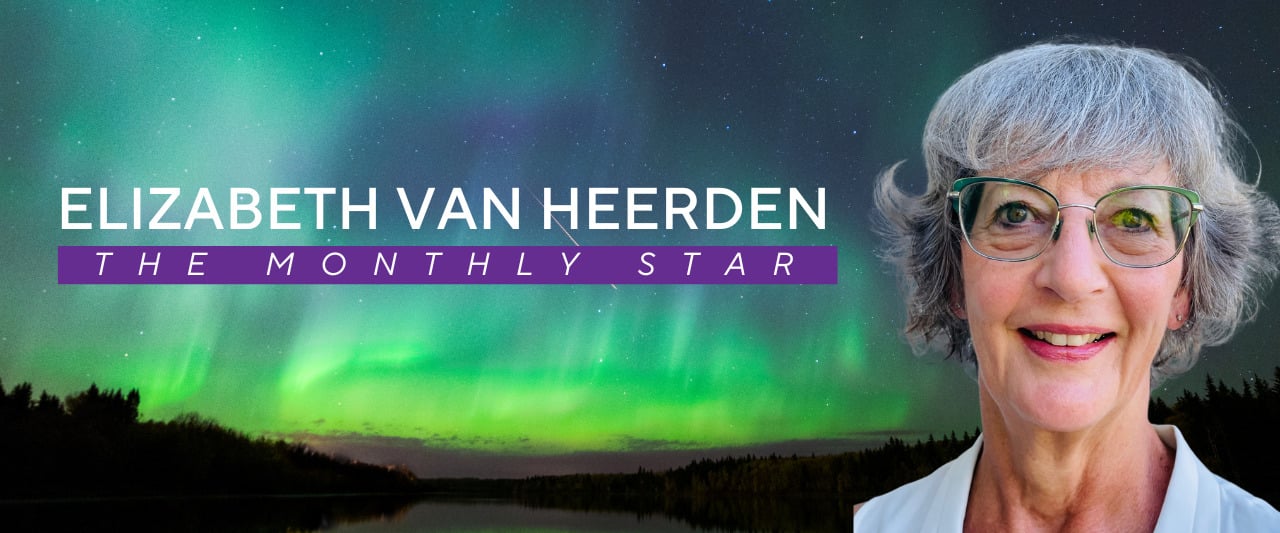
Be Part of the Global Debate On LEDs

For the past five years, IDA has sounded the alarm about the environmental and health impacts of blue-rich white light-emitting diode (LED) street lighting that is replacing older technologies in cities across the globe. Recently, our guidance on LED lighting, first issued in 2010, was affirmed by two groundbreaking reports.
The recent landmark American Medical Association (AMA) report, “Human and Environmental Effects of Light Emitting Diode Community Lighting,” raises health concerns about exposure to blue-rich white LED lighting and recommends “minimizing and controlling blue-rich environmental lighting by using the lowest emission of blue light possible.”
Findings from the newly published “World Atlas of Artificial Night Sky Brightness” indicate that blue-rich white LED lighting is about 2.5 times more light-polluting than traditional high-pressure sodium light fixtures. According to the study’s authors, “unless blue-light emission is restricted, a transition toward this technology can be expected to more than double the night sky brightness.” This finding is especially troubling in light of the World Atlas conclusions that “more than 80% of the world and more than 99% of the U.S. and European populations live under light-polluted skies.”
Watershed Moment in the History of the Dark-Skies Movement
Together, the AMA report and World Atlas findings represent a watershed moment in the history of the dark-skies movement. They offer an unprecedented opportunity to implore cities to transition to LEDs in the most environmentally responsible way possible. This is why we are urging you to help us change the debate on LEDs by contacting community leaders, elected officials, and other policy makers to insist that they adopt the AMA recommendations (see sample letter below).
Cities across the globe are converting their existing street lighting to blue-rich white LED at an alarming rate. They expect the new lighting will remain in service for several decades. Time is running out to influence their decisions and prevent outcomes that are bad for people, plants, wildlife and the night sky.
We Need Your Help!
We need you – along with thousands of other concerned citizens – to contact your elected officials at the local, state/provincial, regional and national levels and demand an end to the unregulated emission of environmentally destructive blue light.
Background
The world is in the midst of a technological revolution in how we light our outdoor spaces. Cities are abandoning older methods of lighting public outdoor spaces in favor of solid-state technologies like LED. Although converting conventional street lighting to energy efficient LEDs can save money and reduce greenhouse gas emissions, careless implementation of LED lighting can have significant adverse consequences for human health and the environment.
High color temperature white LEDs emit considerable blue light. This blue-rich white light increases dangerous nighttime glare and suppresses production of the hormone melatonin. It is estimated that blue-rich white LED lighting negatively impacts human sleep rhythms at a level five times greater than conventional lighting technologies. Recent large-scale studies have found that brighter residential nighttime lighting is associated with reduced sleep, impaired daytime functioning and a greater incidence of obesity.
Although data are still emerging, evidence also suggests that exposure to blue-rich white light at night can increase risks for cancer, diabetes and cardiovascular disease. Notably, the detrimental effects blue-rich LED lighting are not limited to humans, but can also disrupt many species of wildlife that need a dark environment. For example, poorly designed white LED lighting disorients some bird, insect, turtle and fish species.
In a unanimous vote last week, the AMA’s Council on Science and Public Health adopted the following recommendations to ensure that cities select LED lighting that reduces potential human and environmental impacts:
- Minimizing and controlling blue-rich environmental lighting by using the lowest emission of blue light possible to reduce glare.
- Using 3000K or lower lighting for outdoor installations such as roadways.
- Properly shielding all LED lighting to minimize glare and detrimental human and environmental effects, and considering dimming LED lighting during off-peak time periods.
Find Your Elected Official
Not sure who represents you? Click here and enter your zip code to find your U.S. Senators and Representatives, as well as your local legislators.
Sample Letter
Dear (elected official’s name):
I am a constituent from (district or constituency name) concerned about the effects of blue-rich white LED lighting on the environment and our night sky. A recent report from the American Medical Association (available at http://bit.ly/1XZzsz3) finds a consensus among scientific researchers that exposure to blue light presents known health hazards to people and threatens the wellbeing of most wildlife species. Furthermore, blue-rich white LED streetlights and roadway fixtures create glare that is dangerous for motorists, pedestrians and bicyclists, potentially making our roads less safe. Finally, blue-rich white light makes skyglow over our cities worse, further straining our connection with nature and our common heritage of dark night skies.
I urge you to take steps to limit the amount of blue light emitted by these fixtures into the environment by placing sensible restrictions on permitted outdoor lighting in our city [or state/province/country], consistent with AMA guidance that “communities considering conversion to energy efficient LED street lighting use lower CCT [correlated color temperature] lights that will minimize potential health and environmental effects.” These lights should have a CCT of 3000K or less, use full shielding to minimize light pollution and glare, and have the ability to be dimmed or extinguished overnight.
The International Dark-Sky Association (IDA) has prepared an informative document for policymakers to help them understand both the risks and rewards of white LED lighting. I appeal to you to read this document and contact IDA for any further information you require.
Sincerely,
(name)



















